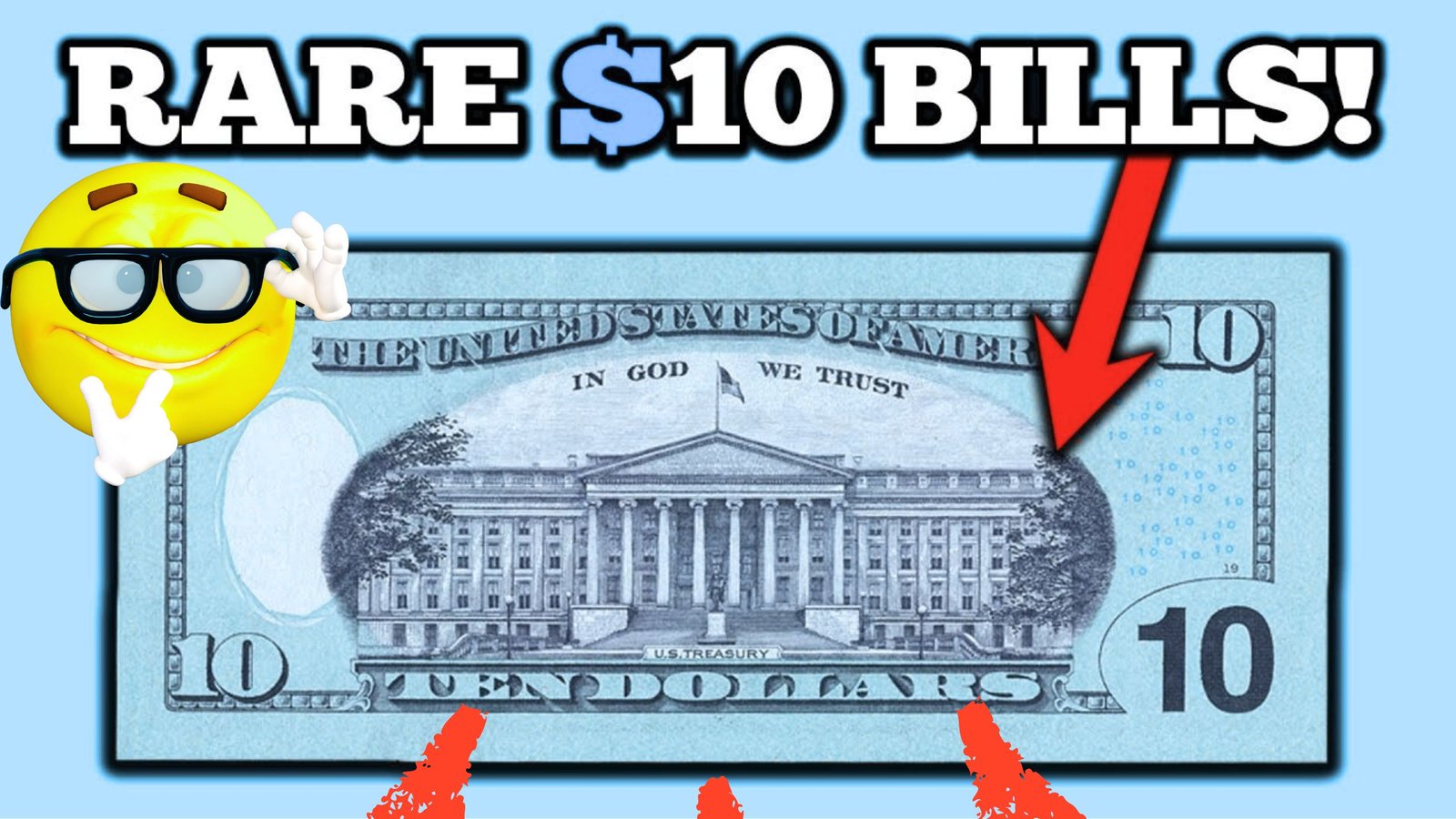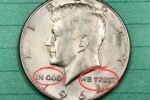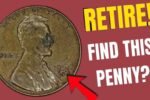2013 $10 Bill : A simple mistake during printing has turned a seemingly ordinary 2013 $10 bill into a potential goldmine worth up to $50,000. What was once just pocket change has become a hot item among collectors, all because of a tiny ink error that is almost invisible to the average person. This story highlights the unexpected value that can be hidden in everyday currency — and the power of a flaw to turn paper into profit.
How a Small Printing Mistake Created Big Value
In the world of currency, perfection is the goal — but imperfection is sometimes where the value lies. The 2013 $10 bill in question features a subtle ink error that occurred during the printing process at the Bureau of Engraving and Printing. These types of mistakes are usually caught before bills go into circulation. But in rare cases, a few flawed notes slip through — and collectors are willing to pay tens of thousands of dollars to own one.
What Makes the 2013 $10 Ink Error Note So Special?
The error in question is believed to be either a misaligned print, misapplied seal, or smudged ink. While the mistake may be tiny — like a shifted serial number or a slightly off-center design — it’s this imperfection, especially when combined with a clean and crisp condition, that turns the bill into a prized collectible. Not all 2013 $10 bills are valuable, but those with verified printing errors are extremely rare.
The Importance of Condition and Series Year
The year 2013 is significant because it was a high-production year for $10 bills, and the occasional printing errors from this series have become increasingly desirable among collectors. However, condition matters just as much as the error itself. Crisp, uncirculated notes are worth significantly more than worn or folded ones. A 2013 error note in mint condition could command prices ranging from $5,000 to $50,000, depending on the severity and type of error.
Could You Have One in Your Wallet Right Now?
Because the bill was issued fairly recently, there’s still a chance that these error notes are circulating undetected. That means your own wallet or change jar could be hiding a small fortune. Most people spend $10 bills without giving them a second look. But with a trained eye, you might notice something odd — and that could make all the difference.
How to Spot a Valuable Error on a $10 Bill
When checking your bills, look closely at the serial numbers, Treasury seals, and alignment of the print. If something appears out of place — such as doubling, smearing, or misplacement — it could be a legitimate error. A magnifying glass and bright lighting can help with identification. If you believe you’ve found a potential error, the next step is getting the bill authenticated by a professional currency grading service like PMG or PCGS Banknote.
The Growing Market for Currency Errors
Collectors love anomalies. The more unusual and rare, the more they’re willing to pay. In the last decade, interest in paper money errors has surged, especially as social media and online auction platforms have made it easier to share and sell finds. The 2013 $10 ink error is just one of many currency oddities that are becoming modern-day treasures.
Frequently Asked Questions (FAQs)
Q1: What is an ink error on a bill?
An ink error is a printing flaw that occurs during the production of paper currency. It can include smears, shifts, missing print layers, or misaligned designs.
Q2: How rare is the 2013 $10 ink error note?
It’s extremely rare. Only a small number are believed to be in circulation or in private collections, making them highly sought after.
Q3: How do I know if my $10 bill is valuable?
Check for abnormalities like offset seals, doubled serial numbers, or ink smudges. If you suspect a flaw, have the bill evaluated by a professional.
Q4: Can I still spend a bill with an error?
Yes, it still holds its face value. However, spending it would be a huge loss if it turns out to be a rare collectible.
Q5: Where can I sell a rare error bill?
You can sell through auction houses, online collector marketplaces (like eBay or Heritage Auctions), or to private currency dealers.
Conclusion: A Tiny Flaw with a Big Payoff
The story of the 2013 $10 bill with a tiny ink error is a reminder that imperfections can be incredibly valuable. While most people pass paper money from hand to hand without thought, collectors know that a sharp eye and a little patience can uncover unexpected treasures. Whether you’re a casual spender or a seasoned collector, it may be time to take a closer look at your cash — because that seemingly ordinary ten-dollar bill might just be worth a whole lot more.




